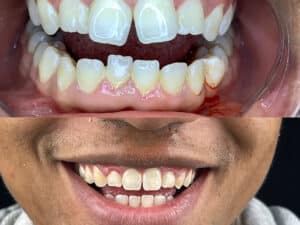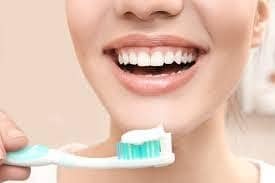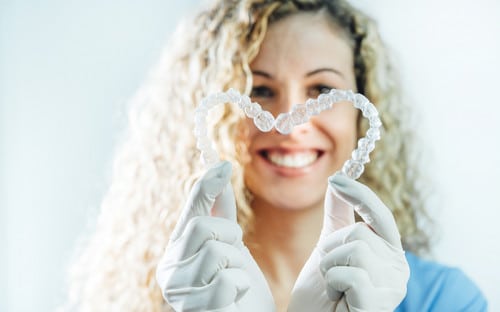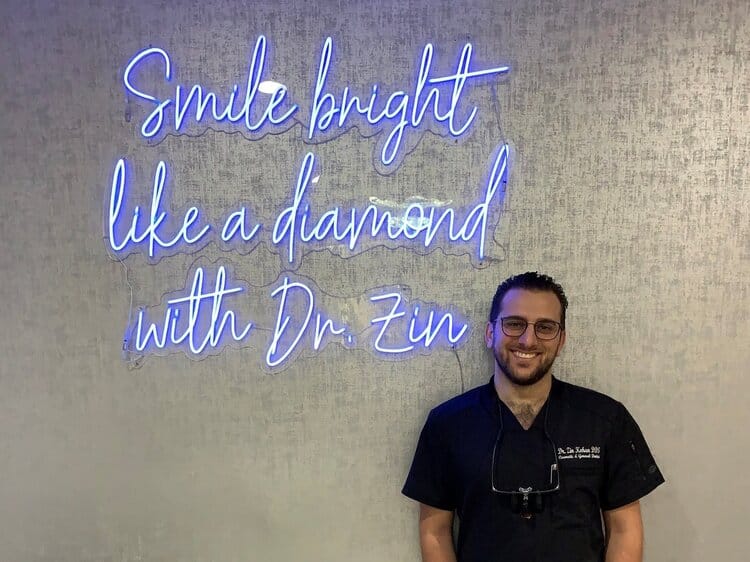There are so many benefits to Invisalign treatment. From relieving headaches, earaches, and jaw pain to moving teeth into their ideal position, there isn’t much that invisalign treatment can’t help.
While treatment varies from case to case, there are some constants during orthodontic care, and many patients have questions even before the first impression is taken.
How Does Invisalign Work?

Invisalign use force from a series of clear aligners to help shift a tooth into a more functional position. This process works on several teeth simultaneously and is repeated during treatment until all the teeth affected are where they should be.
How Are Invisalign Put on Your Teeth?
While each case is different, Invisalign is applied by creating a series of custom aligners that will latch on to your teeth. Sometimes before the aligners are created, your dentist will put special spacers on your back teeth to make room for the bands that will be applied later. The dentist will first scan your teeth to create a treatment plan and then they will order a series of aligners molded to help shift your teeth. Then, the Dr. will apply an adhesive to your teeth to keep your aligners in place. The process of adding these adhesives may take an hour depending on how complex your treatment plan is.
Does Invisalign Hurt?
Each month during your adjustment appointment, pressure is placed on the teeth when you put on the new aligner trays, which will create some discomfort. It will usually go away in a day or two. As the aligners start shifting your teeth, the pressure will subside until your scheduled for your next tray.
How Long Do I Need Invisalign?
The length of your treatment varies depending on how complicated your case is. Most patients wear braces between 18 months and two-and-a-half years. Once the Invisalign come off, you will have to wear a retainer to ensure your teeth don’t shift back into their original position.
How Do I Clean My Teeth with Invisalign?

Brushing and flossing after each meal is a must. However, because you are using Invisalign instead of traditional wired braces, you will not need to purchase any special floss threaders that would be required to get underneath the bracket and in between the teeth. Food and plaque that aren’t removed can cause white spots on your teeth and cavities. A good mouth rinse can help keep tooth enamel strong, too.
While you have Invisalign, you will not have to pay any special attention to your diet like you would with Braces. With Invisalign, you remove your aligners to eat which allows you to enjoy all the foods you love. When you have Braces, you would need to avoid any sticky or chewy foods because it can get trapped in the metal wiring and cause tooth decay. Hard candy, nuts, ice, and popcorn would be a big no-nos with Braces because they can break wires or loosen the bracket’s seal on the tooth. Fruits and vegetables like apples and carrots would also be cut into bite-sized pieces. You don’t have to worry about any of this when you choose Invisalign over traditional wire braces.
Regular cleanings and exams with your hygienist are doubly important when you have Invisalign. It’s important to maintain regular cleanings to help make sure your treatment is going as needed.
If you have any other questions about Invisalign or your treatment plan, we have the answer!




